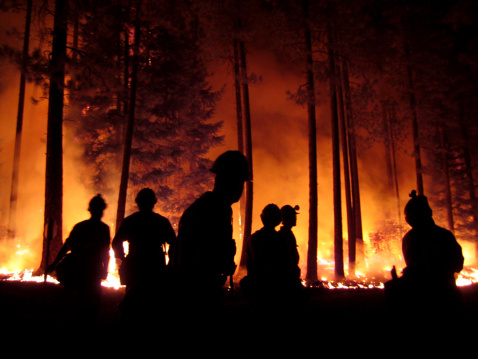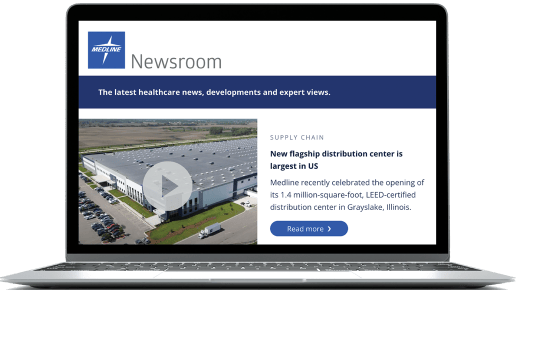30 Minutes to Evacuate: What You Can Learn From California Wildfires

By Martie Moore, RN, MAOM, CPHQ | April 20, 2018
Nursing homes and hospitals in California are back to their normal routines after brief disruptions in October when many were forced to evacuate hundreds of patients as flames engulfed the areas around them. It truly tested emergency preparedness plans, and it should have all of us really thinking “What would you do if you had 30 minutes to mobilize and then evacuate your facility?” In light of the emergency preparedness regulations, training has been amplified and knowledge has been increased. The Achilles heel in emergency preparedness is the assumption that there will be a long runway for response.
The California wildfires proved that when it comes to being prepared the runway for mobilization is undefined. One facility that I spoke with had just thirty minutes to evacuate. A very insightful employee grabbed the medicine cart and threw it into the back of the bus. Another grabbed charts and threw them into boxes.
Emergency preparedness must be more than a plan in a binder. It has to become memory muscle for your facility. Memory muscle is the actions done automatically because it has been practiced over and over again. Think of putting on your seat belt every time you get into the car. That is memory muscle in action. You just automatically do it.
Here are some actions to think about to help your facility respond in a way these California facilities did – swiftly and safely.
1. Define what must go in an evacuation beyond the actual people. Think through and practice how to triage what is essential and what can be left behind.
2. Have your medical records backed up, duplicated and accessible from another location. Grabbing charts takes time and effort. Is that where you want the attention of personnel? Practice accessing records in an emergency situation.
3. Triage and create a checklist of supplies. Make sure you’ve identified your supply chain contact. What do you need to sustain care in an emergency situation? Are there supplies that can have more than one use during an emergency situation? Triage again what is needed and what can be left behind.
4. Define roles and designate who is doing what during an evacuation. Do not assume that leadership will be there or can even get to the location. First priority is the people. If there is time, triage the next level of priorities, make them clear for the team and understand the expected actions.
Whether it’s a hurricane, a snow storm or a fire there are unique circumstances that occur testing our emergency responses. Work with your vendors to ensure your inventory is ready to accommodate. Finally, you must practice, practice and then practice again. Memory muscle kicks in during emergencies and the investment of practice pays back tenfold during that time.
You can work with inventory experts to help solve emergencies quickly and effectively through optimized supply chain programs and solutions that improve forecast accuracy, increase visibility and lower carrying cost.
Martie Moore, RN, MAOM, CPHQ
Chief Nursing Officer
Martie L. Moore, RN, MAOM, CPHQ, is the chief nursing officer at Medline. As CNO, Moore develops forward-thinking, solution-driven clinical programs, as well as new products and educational services. Prior to joining Medline, Martie was the chief nursing officer at Providence St. Vincent Medical Center in Portland, Ore. Under her leadership, Providence St. Vincent earned a third and fourth designation for Magnet.


